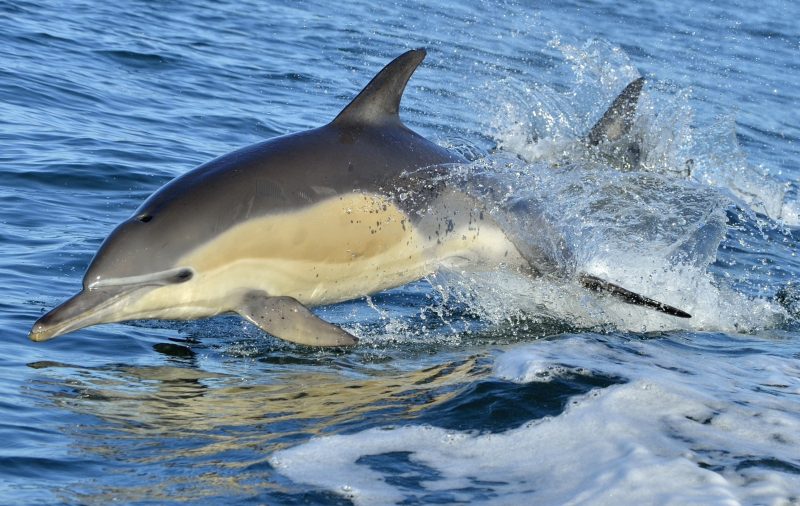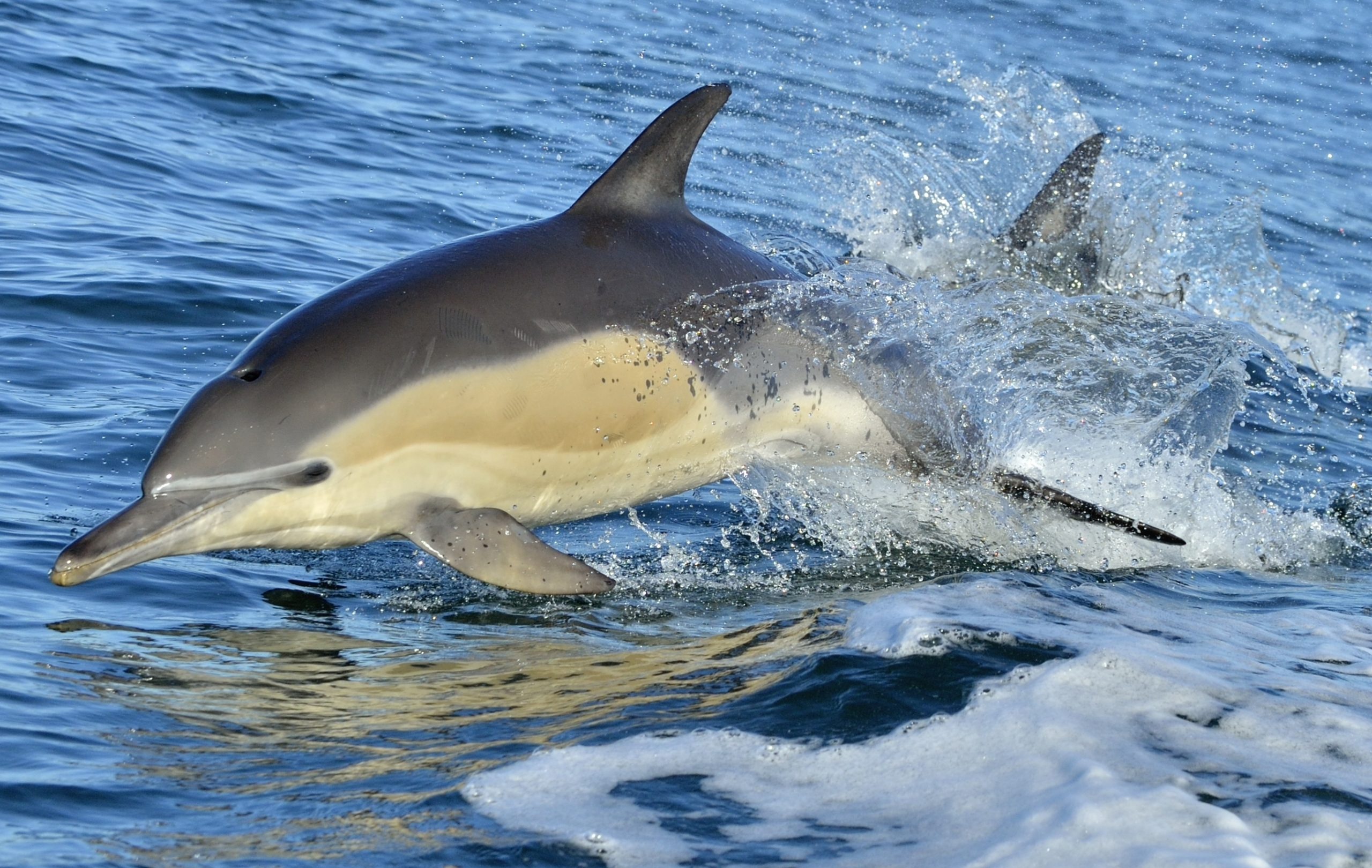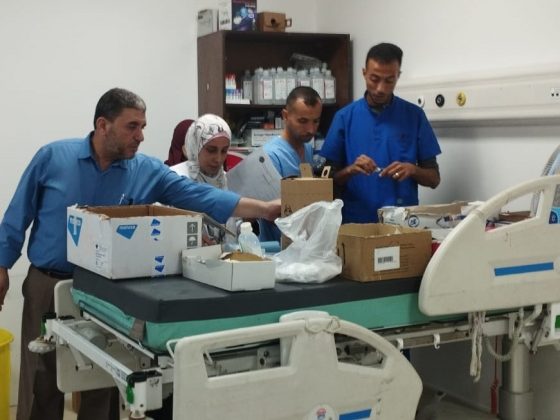Cancer prevalence across vertebrate species increases with higher adult mass and decreases with longer gestation periods. The study, published in Cancer Discovery, October 24, has identified more than 90 different species of animals (including the common dolphin, common porpoise and Rodrigues fruit bat) that appear to be highly resistant to developing cancer.
“If you look at any of the popular media articles about comparative oncology, they focus on elephants and whales as being highly resistant to cancer. For the first time our study shows that a huge variety of different animals appear not to get cancer. This opens the way to use more animals to discover nature’s targets to prevent cancer that could be used to help humans,” Zachary Compton, the first author of the study, from the College of Medicine at the University of Arizona, Tucson, tells Cancerworld.
Across multicellular animal species, cancer is a ubiquitous problem. But despite the persistent selective pressure of cancer, species vary in their investment in cancer defences.
For the current study, Compton and colleagues used veterinary records, collecting a total of 16,049 necropsy (examinations of an animal after death) records from 292 species at 99 animal care institutions across the US and in London. “Under the US Association of Zoos and Aquariums accreditation system, all animals in zoological parks and aquariums are required to undergo necropsy when they die. Once we had a chance to go through the individual pathology reports, this provided a fantastic wealth of data,” explains Compton. To be included in the analysis, species needed to have at least 20 available necropsies. The investigators assessed whether neoplasia (uncontrolled growth) was present, whether it was benign or malignant, in what part of the animal’s body it occurred, and whether there was metastatic disease.
The results showed, across all species, the median prevalence of neoplasia (including both benign and malignant tumours) was 4.89%, and the median prevalence of malignancy was 3.2%.
Mammals had the highest rates of neoplasia (12%) and malignancy (7%) and amphibians had the lowest rates of neoplasia (1.2%) and malignancy (0%).
Over 90 animals (including the common dolphin, common porpoise, Rodrigues fruit bat, Egyptian-snouted cobra, black-footed penguin, Egyptian tortoise, common toad and feather-tail glider) showed no evidence of cancer.
Among the vertebrates with the highest prevalence of neoplasia, 63% of ferrets (Mustela putorius) died with a neoplasm (45% of which was lymphoma), 56% of opossums (Didelphis marsupialis) died with a neoplasm (46% of which was in the lung), and 45% of four-toed hedgehogs (Atelerix albiventris) died with a neoplasm (42% of which was in the alimentary tract).
The results have also provided insights into ‘Peto’s paradox’. Back in 1977, Richard Peto, from the University of Oxford, hypothesised that cancer prevalence in animals should show a linear correlation with body size and lifespan. The theory was based on the fact that larger animals have more cells in which to accumulate damage, and long-lived animals have more time to acquire mutations. However, when subjected to analysis, the available data failed to show a statistical correlation between cancer incidence and body size – a finding that has since become known as ‘Peto’s paradox’.
The current results showed that larger body mass is significantly associated with a higher prevalence of neoplasia – for every tenfold increase in body mass, the risk of neoplasia increased by 2.1%.
But longer gestation was significantly associated with lower prevalence of neoplasia (5.3% decrease in neoplasia risk per tenfold increase in months of gestation) and malignancy (5.65% decrease in malignancy risk per tenfold increase in months of gestation).
“Importantly and contrary to previous studies, our analyses highlight limitations to Peto’s paradox by showing that large animals do tend to get somewhat more neoplasms and malignancies when compared with small animals,” write the authors. “The observation that larger animals tend to get more cancer was only apparent when we used a binomial regression or controlled for the fact that animals with longer gestation times tend to get both fewer neoplasms and fewer cancers.”
From a life history perspective, suggest the authors, animals with longer gestation periods may be ‘growing slow’ to invest more resources in somatic maintenance during foetal development, including cell cycle regulation and differentiation, thereby reducing their vulnerability to cancer. “Lastly, it may be the case that hormonal exposures during pregnancy help protect against cancer in the mothers, as we see for some forms of cancer in humans,” write the authors.
Going forward, the team plans to work with their biotech partner Peel Therapeutics to identify the molecular mechanisms that the animals who are free of cancer have evolved to suppress cancer. “The idea is to take cell lines from the different animals and expose them to mutagens, such as radiation or chemicals, to see how they respond. From this we hope to identify the genes that are over expressed that underpin cancer suppression,” explains Compton.
Currently, Peel Therapeutics is taking inspiration from the elephant to design several anti-cancer medications. In a paper published in 2015 in JAMA, Joshua Schiffman, the co-founder of Peel Therapeutics, and colleagues, showed that while humans have one copy (two alleles) of the tumour suppressor gene TP53, naturally cancer resistant African elephants have at least 20 copies (40 alleles). Furthermore, Lisa Abegglen, from the University of Utah, helped the team demonstrate that elephant TP53 works better than human TP53 to kill cancer cells. These discoveries have led Peel Therapeutics to explore nanotechnology to deliver the extra cancer-fighting power of elephant TP53 to treat human solid tumours, as well as to engineer other evolutionary-inspired medicines for human patients.
“So much of drug discovery is dependent on serendipity. We are using evolution to narrow our search for cancer targets and explore how natural selection has intervened to promote cancer suppression mechanisms,” says Compton.












